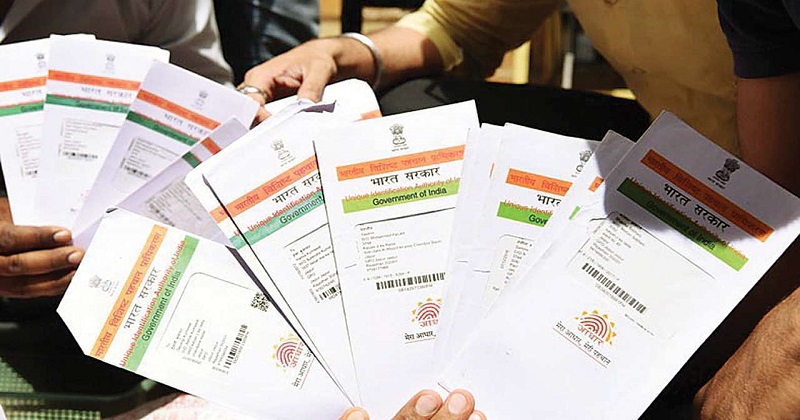
The Aadhaar card has evolved into more than simply an identifying document and it has become an integral part of our life. You may use your Aadhaar to create bank accounts, purchase real estate and invest in government financial instruments, among other things.
The Unique Identification Authority of India (UIDAI) issues the Aadhaar and keeps track of numerous operations such as Aadhaar verification. The UIDAI has issued a new regulation regarding Aadhaar verification, stating that it will be possible to do so both online and offline.
For Aadhaar verification, you would need to present a digitally signed document, according to the latest announcement. The Unique Identification Authority of India should issue this digitally signed document.
The Aadhaar Regulations were notified by the government on November 8 and were publicly issued on November 9. The whole method of offline Aadhaar verification for e-KYC has been outlined in the regulation.
Also Read: A great honour for me to receive the Arjuna Award: Shikhar Dhawan
The Aadhaar cardholder is given the option of giving his Aadhaar paperless offline e-KYC to any authorised agency for Aadhaar e-KYC verification. Following that, the agency would cross-reference the Aadhaar number, name, address and other information provided by the Aadhaar bearer with the central database. If the match is confirmed to be correct, the verification procedure continues.
Offline Aadhaar Verification may be done in the following ways:
– Verification of QR codes
– Aadhaar Offline E-KYC Verification without Paper
– Verification of E-Aadhaar
– Paper-based offline verification
The following are the techniques for verifying your Aadhaar number online:
– Verification of demographic information
– PIN-based one-time authentication
– Authentication based on biometrics
– Multi-factor authentication

Post Your Comments